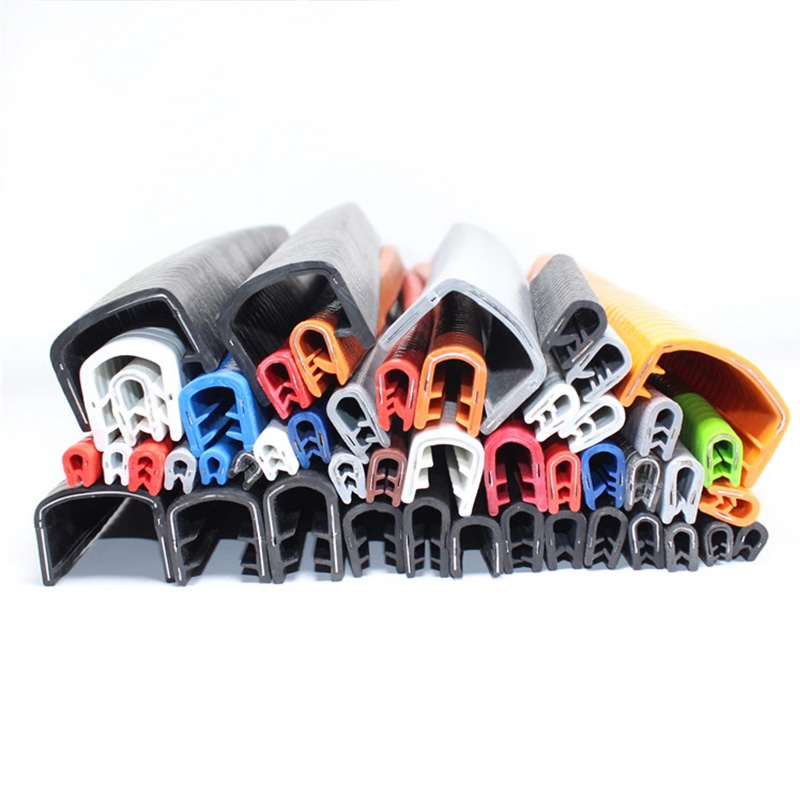Comprehensive Guide to Round Files for Chainsaw Maintenance and Optimal Performance Enhancement
Round Files for Chainsaws Essential Tools for Proper Maintenance
Chainsaws are powerful tools that can make cutting wood a breeze, but like any machinery, they require regular maintenance to operate efficiently and safely. One of the most critical aspects of maintaining a chainsaw is ensuring that the chain is sharp. Dull chains not only work inefficiently but can also be dangerous, leading to higher risks of kickback and other hazards. A round file is an essential tool for keeping your chainsaw chain sharp and in optimal condition.
Understanding the Basics of Round Files
A round file is specifically designed for sharpening the teeth of a chainsaw chain. Unlike flat files, round files have a cylindrical shape, allowing them to effectively fit into the curved profiles of the chain’s cutting teeth. Round files come in various sizes, carefully chosen to match the specific pitch and gauge of your chainsaw chain. Selecting the correct size is crucial for achieving an accurate sharpening process; using a file that is too large or too small can lead to improper sharpening, reduced cutting efficiency, or even damage to the chain.
The Importance of Sharp Chains
A sharp chainsaw chain cuts through wood smoothly and efficiently, requiring less effort from the operator. This not only makes the job easier but also helps preserve the health of the chainsaw itself; a dull chain puts extra strain on the engine and can lead to premature wear and tear. Furthermore, a sharp chain reduces the risk of kickback—a dangerous occurrence when the chainsaw kicks back towards the operator, often resulting in severe injuries.
How to Sharpen with a Round File
round files for chainsaws

Sharpening a chainsaw with a round file is a straightforward process that requires some basic knowledge and practice. First, ensure that your chainsaw is turned off and disconnected from the power source. Begin by securing the chainsaw on a stable surface, either using a chainsaw vise or a clamp.
Next, identify the angle at which the teeth of the chain are designed to cut; typically, this angle is around 30 degrees. Position the round file into the tooth’s gullet (the V-shaped area), and apply consistent pressure while moving the file away from the cutting edge. It’s essential to file each tooth in the same direction and maintain consistent pressure to achieve an even sharpness. After sharpening all teeth on one side, flip the chainsaw and repeat the process for the other side. Regularly checking the depth gauges—the small bumps in front of each cutting tooth—is also important; these should be filed down to ensure they do not impede the chain's cutting efficiency.
Tools and Accessories
While a round file is the primary tool for sharpening, it’s helpful to have other accessories on hand. A filing guide can help maintain the correct angle and depth while sharpening, ensuring consistency across all teeth. Additionally, a depth gauge tool is useful for checking the height of the depth gauges after filing.
Conclusion
Maintaining a sharp chainsaw chain is vital for effective woodcutting and the overall longevity of your equipment. Utilizing a round file allows you to easily sharpen the teeth, ensuring optimal performance. With a little practice and the right tools, anyone can master this essential skill and keep their chainsaw in peak condition. Regular sharpening not only enhances efficiency but also promotes safety, making it an integral part of chainsaw operation. With proper maintenance, your chainsaw can remain a reliable tool for years to come, ready to tackle any cutting job that comes your way.
Share
-
The Best Lubricants for Aluminum Roller GuidesNewsJul.23,2025
-
Slitting Machine Applications in the Packaging IndustryNewsJul.23,2025
-
Rolling Roller Balancing Techniques for Smooth OperationNewsJul.23,2025
-
How To Optimize An EV Battery Assembly LineNewsJul.23,2025
-
Energy Efficiency in Modern Battery Formation EquipmentNewsJul.23,2025
-
Automation Trends in Pouch Cell Assembly EquipmentNewsJul.23,2025







